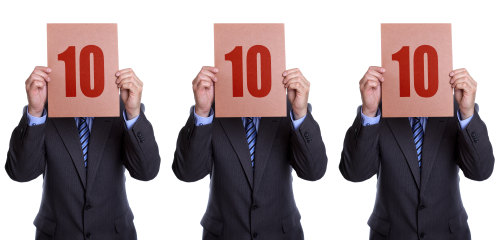More is not always a good thing. For instance, more leads than the sales force can manage can result in overworked or harried marketers, unable to engage with anyone properly or focus on what they are doing.
In these cases, the solution is obviously prioritization, or following up on leads that seem most promising. This involves lead scoring.
Today, marketers have automated lead scoring. The software analyzes past buying habits, customer behavior, and trends to identify which prospect is sales-ready or most likely to convert among the given pool of prospects.
The success of automated programs depends on the algorithm. Many marketers live under the mistaken notion that the automated software would do everything for them. This holds true only when the marketer has taken the time to feed the algorithm with metrics that contribute to the buying process and then fine-tune the algorithm to deliver results that count.
Although there are no hard and fast rules in developing the algorithm, a systematic approach works best.
1. Map the buying process
Mapping the buying process allow the marketer to identify specific consumer behaviors involved in the process and understand the importance of these behaviors. The marketer can then convert desirable behaviors to quantifiable metrics and feed the algorithm.
2. Assign Weight to Behaviors
Assigning weight to behavior means identifying positive behavior and the extent to which the prospect indulges in such behavior. In the algorithm, this manifests as points for the different metrics in place.
For instance, a new prospect becoming a Facebook fan may earn one or two points since this denotes casual interest. The same customer attending a webinar or downloading white paper may get three or four points as it denotes a higher level of interest.
Assigning points also depends on the context. For instance, while a new prospect who becomes a Facebook fan is assigned two points, an existing prospect, having already made the product enquiry and engaged through some other medium, and becomes a Facebook fan may get three or four points as this denotes a deeper commitment.
3. Decide on the Cut Off
There is no short cut to the marketer taking a call on when the prospect is sales-ready. While analytics and past buying habits provide rich insights, the marketer has to validate the behaviors and decide on a specific cut off point that would denote such a transition.
The cut off point usually depends on the company and the brand, specifically the strength of the marketing team, the company size, sales targets and other factors. Benchmarking may not always work in this case.
What are some other metrics you could apply to lead scoring for your prospects?

